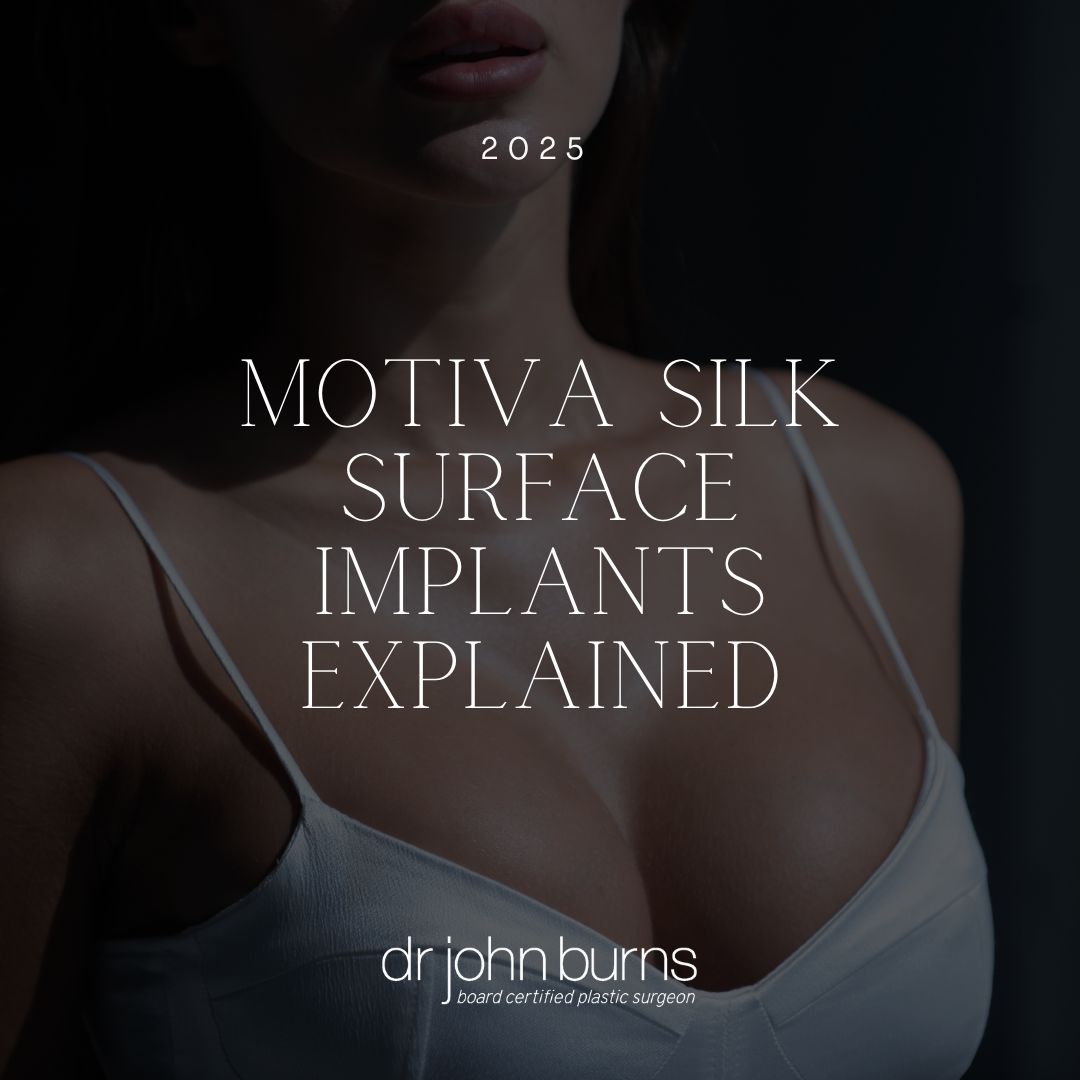November 2024
Understanding Facial Volume Loss:
Solutions for Rejuvenation
As we age, a prominent change in our appearance is the progressive loss of facial volume. This decline impacts not just the skin but also the underlying structures such as fat, muscle, and bone, resulting in a sunken, hollow look that often signifies aging more than wrinkles or sagging skin. Thankfully, innovations in aesthetic treatments and surgical approaches provide various effective solutions to resume lost facial volume and rejuvenate the overall facial appearance.
Understanding Volume Loss in Facial Aging


Facial volume loss typically begins in the late twenties and early thirties, intensifying each decade. Here’s how it affects different components of the face:
Fat: Natural fat pads in the cheeks, temples, and under the eyes begin to diminish and shift downward over time, resulting in hollow cheeks, sunken eyes, and a generally tired or gaunt look.
Muscle: The facial muscles thin with age, contributing to the sagging of overlying tissues and deepening of lines and folds.
Bone: Bone resorption occurs, particularly around the eye sockets, jawline, and midface. This loss of bony support further emphasizes the hollow, aged appearance and accelerates the descent of soft tissue structures
Options for Volume Replacement
Various options are available to combat the effects of facial volume loss, ranging from minimally invasive dermal fillers and fat grafting techniques to more extensive surgical interventions. Each method offers distinct advantages tailored to meet individual needs and levels of volume restoration.
Facial Fillers




Injectable fillers have become popular for volume replacement because they provide quick results with minimal downtime. Here are some types of fillers used for facial volume restoration:
- Hyaluronic Acid Fillers: Hyaluronic acid (HA) fillers, such as Juvederm and Restylane, are among the most common fillers used for volumizing. They add volume, and smooth lines, and have the added benefit of being reversible if necessary. HA fillers are versatile and can be used to target areas like the cheeks, nasolabial folds, and tear troughs, providing instant results that typically last from six months to two years.
- Calcium Hydroxyapatite (Radiesse): Radiesse is a thicker filler that provides structural support and is often used for deeper lines and areas where more lift and definition are needed, such as the cheeks and jawline. It stimulates collagen production, creating longer-lasting results that can last up to 18 months.
- Biostimulators (Sculptra): Sculptra is unique among fillers in that it doesn’t immediately add volume. Instead, it stimulates collagen production over time, resulting in a gradual, natural-looking increase in facial fullness. Sculptra is ideal for people seeking subtle, long-lasting results (up to two years) and is often used in areas where widespread, subtle enhancement is desired.
Pros and Cons of Facial Fillers
- Pros: Immediate to gradual results, minimally invasive, short recovery time, and customizable based on areas needing volume.
- Cons: Results are temporary, and maintenance is needed for sustained effects. Additionally, certain fillers are better suited for specific facial areas, requiring careful selection and expertise.
2. Facial Fat Transfer
Facial fat transfer, also known as fat grafting, has gained popularity as a natural, long-lasting solution for volume loss. This procedure entails extracting fat from other body areas, such as the abdomen or thighs, preparing it for injection, and then delivering it to facial regions that require added fullness.

Benefits of Facial Fat Transfer
- Endless Supply: Since the fat is harvested from the patient’s own body, it allows for larger volumes to be used compared to fillers, offering the potential for a more comprehensive restoration.
- Lasting Results: Once the fat cells establish a blood supply in their new location, they can last for years, making the fat transfer a semi-permanent to permanent solution.
- Stem Cell Support: Fat contains stem cells and growth factors that may promote skin health and rejuvenation, offering added anti-aging benefits.
Limitations of Facial Fat Transfer
- Longer Procedure and Downtime: Fat transfer requires minor liposuction, making it a longer procedure with a recovery period of several days to weeks.
- Variable Results: Not all transferred fat survives, and the final outcome may vary. However, skilled surgeons can help ensure optimal fat retention.
Surgical Solutions For Volume Replacement




For those experiencing significant facial aging, non-surgical options may yield only limited or short-lived results. In these instances, a facelift often emerges as the most effective solution to rejuvenate both volume and contour, particularly when paired with SMAS (superficial musculoaponeurotic system) plication.
How SMAS Plication Works
The SMAS, or superficial musculoaponeurotic system, is a crucial layer of muscle and connective tissue that underpins the facial structure. By elevating and adjusting this layer during a facelift, surgeons can rejuvenate youthful contours and enhance volume in targeted areas such as the cheeks and jawline. Furthermore, SMAS plication effectively diminishes jowls and loose skin, tackling the dual effects of diminished skin elasticity and volume that accompany the aging process.
Benefits of a Facelift with SMAS Plication
The SMAS, or superficial musculoaponeurotic system, is a crucial layer of muscle and connective tissue that underpins the facial structure. By elevating and adjusting this layer during a facelift, surgeons can rejuvenate youthful contours and enhance volume in targeted areas such as the cheeks and jawline. Furthermore, SMAS plication effectively diminishes jowls and loose skin, tackling the dual effects of diminished skin elasticity and volume that accompany the aging process.
- Redistributes Natural Volume: By lifting and repositioning the SMAS, volume is naturally redistributed to areas that have deflated over time.
- Long-Lasting Results: Unlike fillers or fat transfer, a facelift offers lasting improvement, often with results that endure for a decade or longer.
- Comprehensive Correction: A facelift addresses not just volume but also sagging, skin laxity, and deep folds.
Considerations for Surgery
- Recovery: Facelifts require a more extended recovery period, typically two weeks for most swelling and bruising to subside.
- Invasiveness: Facelifts are surgical procedures and therefore involve more significant risk and expense compared to non-surgical options. However, they offer the most complete solution for advanced facial aging.
Choosing the Right Option for You
The ideal method for replacing facial volume varies based on individual objectives, the degree of volume loss, and personal comfort levels with downtime and procedure invasiveness. For individuals experiencing mild to moderate volume depletion, injectable fillers can deliver prompt and effective results. Alternatively, facial fat transfer offers a more substantial and enduring solution for greater volume restoration. In situations where sagging and skin laxity are also present, opting for a facelift with SMAS plication may be the most suitable option.
Read More:
Botox or Brow Lift? How To Tell What You Really Need
5 Signs You Might Be Ready For A Facelift
How To Tell If You Need A Facelift or Neck Lift
Book Your Virtual or In-Office Consultation with Top Dallas Plastic Surgeon, Dr. John Burns MD, FACS

Restoring facial volume is essential for attaining a youthful and rejuvenated look, and there are numerous options tailored to meet diverse needs and preferences. Whether you seek a swift enhancement with injectable fillers, a more organic method through fat transfer, or a significant transformation via a facelift, there's a volume replacement solution designed to help you look and feel your finest. The first step in this journey is to consult with a qualified aesthetic professional to identify which treatment or combination of treatments will best address your unique needs.
To know what's right for you, schedule your complimentary consultation with Dr. John Burns, MD, FACS.
About Dr. Burns
2022, 2023, 2024 America's Best Plastic Surgeon by Newsweek & Statista
Texas Monthly SuperDoctors
D Magazine's Best Doctors
You May Also Like
Stay In Touch
Follow us for news and information on plastic surgery procedures





